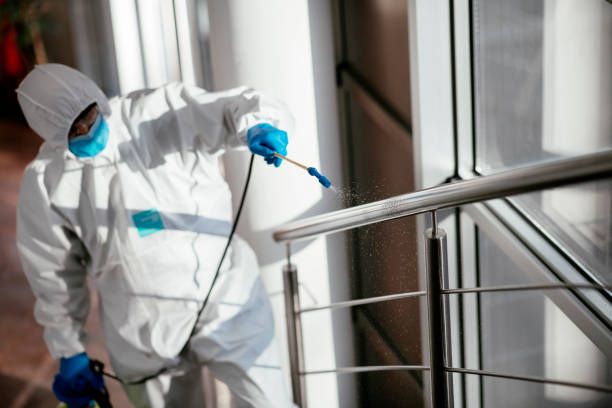Maximum Security for your Children & Pets
BAY AREA INTEGRATED PEST CONTROL
Integrated Pest Management (IPM) is the process used to solve pest problems while minimizing risks to people and the environment. Whether in commercial, urban, agricultural and wildland or natural areas, it can be used to manage all kinds of pests.
Long-term prevention of pests include:
- Growing a healthy crop that can withstand pest attacks.
- Using disease-resistant plants.
- Caulking cracks to keep insects or rodents from entering a building.
To help you decide whether management is needed, it is important to properly identify the pests and monitor the property by checking your field, landscape, forest, building or other site. Correct identification is key to finding the suitable solution to your pest problem. After monitoring and identifying your pest, you can decide whether the pest can be tolerated or whether it is a problem that warrants control.
Approaches for managing pests are often grouped in the following categories:
- Biological control – biological control is the use of natural enemies – predators, parasites, pathogens and competitors – to control pests and their damage. Invertebrates, plant pathogens, nematodes, weeds and vertebrates have many natural enemies.
- Cultural controls – cultural controls are practices that reduce pest establishment, reproduction, dispersal and survival. For example, changing irrigation practices can reduce pest problems since too much water can increase root disease and weeds.
- Mechanical and physical controls – mechanical and physical controls kill a pest directly or make the environment unsuitable for it. Traps for rodents are examples of mechanical control. Physical controls include mulches for weed management, steam sterilization of the soil for disease management or barriers, such as screens, to keep birds or insects out.
- Chemical control – chemical control is the use of pesticides. In IPM, pesticides are used only when needed and in combination with other approaches for more effective, long-term control. Also, pesticides are selected and applied in a way that minimizes their possible harm to people and the environment. With IPM, you’ll use the most selective pesticide that will do the job and be the safest for other organisms and for air, soil and water quality. Use pesticides in bait stations rather than sprays, or spot-spray a few weeds instead of an entire area.
These IPM principles and practices are combined to create IPM programs. While each situation is different, five major components are common to all IPM programs:
- Pest identification.
- Monitoring and assessing pest numbers and damage.
- Guidelines for when management action is needed.
- Preventing pest problems.
- Using a combination of biological, cultural, physical/mechanical and chemical management tools.
Quick Links
Contact Information
Address: P.O. Box 1255 Alamo, CA 94507
Phone Numbers:
Business Hours:
- Mon - Fri
- -
- Sat - Sun
- Closed




California License #PR-6065

